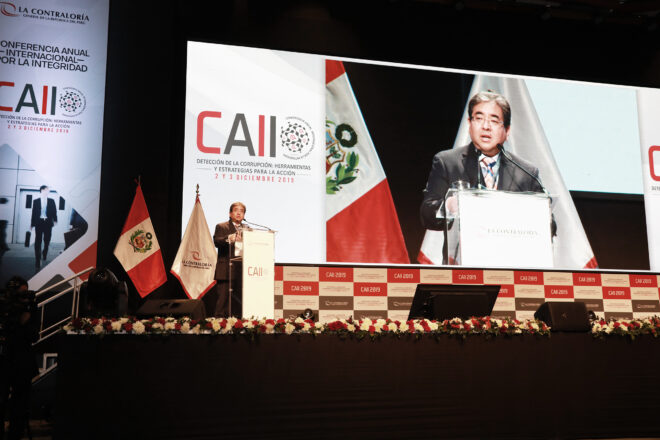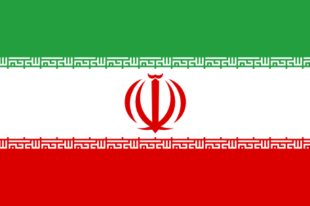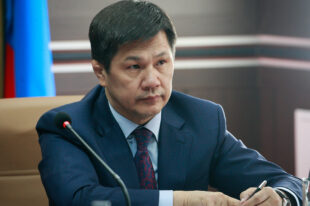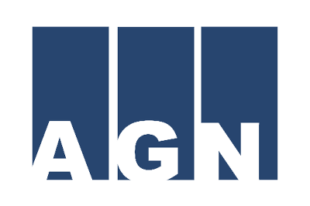Technology: Opportunities to Build Capacity, Enhance Oversight

by Nelson Shack Yalta, Comptroller General of the Republic of Peru and President of the Organization of Latin American and Caribbean Supreme Audit Institutions
Technology has changed how we do business, how we conduct public administration and human relations, and how we analyze information. Technological advances have also impacted the auditor´s role with huge implications in government oversight.
Using new tools, such as data analytics, Artificial Intelligence (AI) and related technologies, Supreme Audit Institutions (SAIs) can now (with greater probabilities of success) analyze existing risks in public management; prioritize interventions in the riskiest processes; allocate operational capacity more efficiently; and obtain greater results in preventing, detecting and sanctioning acts of functional misconduct and corruption.
In the last two years, the Office of the Comptroller General of the Republic of Peru (SAI Peru) has transformed how government control is implemented. Based on information analyses and data recorded in computer applications, SAI Peru now plans and executes audits with greater efficiency and effectiveness.
For instance, large-scale projects (megaprojects) tend to be the riskiest public interventions due to funding and economic viability, along with the social, political and environmental risks they entail. Given this, SAI Peru restructured the organization to assertively target megaproject audits—a transformation that included creating an exclusive division advocating oversight of sizable projects, including specialized investment modalities, such as public-private partnerships.
SAI Peru developed an audit prioritization model based on:
- A “Matrix of Relative Importance” consisting of criteria related to a project’s socioeconomic impact—investment amount, number of beneficiaries, investment phase or project term; and
- A “Risk Matrix” identifying risk factors that increase the likelihood of negative consequences, including those potentially resulting in loss or damage to the State. Risk factors, such as the existence of previous audits; quantity of addendums to signed contracts; number of project-related whistleblowing reports; degree of internal control system implementation in the sector; and physical and financial progress, are weighted to establish degrees of importance.
Within each criterion and risk factor, a score is assigned (and validated by expert judgment) as to the socioeconomic impact, magnitude of loss or damage, and probability of occurrence.
In 2019, all megaprojects underway in Peru (900 projects totaling approximately $63.3 billion United States Dollars (USD)) were analyzed based on the audit prioritization model. Results demonstrated which prioritized projects had the highest social, environmental and economic impact and allowed SAI Peru to better focus available operational capacity to those projects having the greatest socioeconomic risks.
As SAIs employ more technology and are better able to analyze public procurement processes, oversight demand will, inevitably, require new audit services responding to the quantity, frequency, complexity and opportunity in which risks are presented and detected. As such, a change potentially transforming government oversight will mean transitioning from a collection of past facts (ex post) toward a simultaneous, or concurrent, control of risks reported in real time (ex dure).
While risk models help define where and when to intervene, identifying the most significant milestones or stages within specific public intervention processes enhances oversight efficiency. SAI Peru complements its risk models through its Concurrent Control Model (CCM)—a simultaneous, systematic, multidisciplinary, non-binding mechanism that employs various techniques and exploits Science and Technology (S&T) to evaluate process phases and targets. The CCM helps assess the degree to which processes are carried out according to regulations, internal and contractual provisions and other applicable stipulations.
SAI Peru has experienced several benefits through concurrent control efforts, such as increased capacity in alerting officials to potential risks and adverse situations, which aids in timely mitigation; addressing citizen concerns through timely reporting, which facilitates stakeholder engagement, improves transparency, builds trust and enhances credibility; and using multidisciplinary teams to apply specialized methods (topographic tests, geodetic measurements, and aerial photogrammetry), which greatly enriches audit work through real-time data gathering.
By improving public work supervision or enforcing penalties, simultaneous control increases the ability to correct adverse situations in a timely manner.
For instance, SAI Peru invested less than $2.7 million USD in executing the CCM to construction and reconstruction works following the 2017 “El Niño” phenomenon. Applying the CCM resulted in avoiding a potential $26.5 million USD in losses to the State.
The CCM also comprises indirect implications relevant to public management performance. The model’s multidisciplinary team approach using S&T to expose real-time evidence supplements capabilities to identify and assess risks, improves oversight, enhances managerial capacity development, and reduces the probability of committing infringing behavior (through the perception of immediate detection).
Conclusion
Technology brings visibility to managerial processes and behaviors, which translates into an increase in SAI capacities to enhance good governance. Opportunities new technologies offer to audit work will certainly continue to modify oversight today and well into the future. This imminent reality compels us to continue automating audit procedures and innovating with an alignment toward achieving measurable results that benefit citizens.
SAI Peru’s recent experience has generated important lessons learned in developing and implementing risk models that guide audit performance and has resulted in a new control model (the CCM) further improving oversight efforts through risk prevention and avoidance.
S&T challenges, common to all SAIs, call for collaboration as a fundamental instrument to innovate, transfer knowledge and share successful practices.
Learn more about SAI Peru by visiting the SAI website at http://www.contraloria.gob.pe/.





